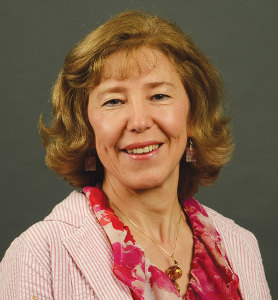Overview
The goal of our research program is to investigate fundamental interactions between photons and molecular systems to advance our quantitative understanding of electron correlations, charge transfer and many body phenomena.
Our research investigations focus on probing multi-electron interactions and tracing nuclear motion at femtosecond and attosecond time-scales in order to understand and ultimately control energy and charge transfer processes from electromagnetic radiation to matter. Our work is carried out in a strong partnership with theorists.
- We conduct research that focuses on time-resolved dynamics in molecules, at the femtosecond and attosecond timescale, to measure electronic and nuclear molecular dynamics. Projects also include non-linear physics, quantum control of atoms, molecules, and clusters with emphasis on short wavelength radiation, ultrafast time scales and strong laser fields. This research involves the use of intense femtosecond free electron lasers (FEL) in the VUV, XUV and X-ray regimes to probe physical and chemical processes that happen on ultrafast time scales. We use VUV photons from the FLASH-II FEL in Germany, FERMI@Elettra in Italy and X-rays from the Linac Coherent Light Source (LCLS) XFEL at SLAC, Stanford, CA, the SACLA FEL in Japan and more recently the EuXFEL in Hamburg, Germany. In 2018 we started using X-ray attosecond pulses from the LCLS which opened up additional exciting research opportunities.
- We also carry out lab-based time-resolved ultrafast molecular dynamics using the Berrah’s laser lab at the UConn physics department. We use a femtosecond laser and a COLTRIMS instrument to investigate molecular dynamics at the sub 10fs time scale in small and large systems. In particular, we have measured the timescale of physical and chemical phenomena such as isomerization, double hydrogen migration, and ring opening. We have also built a magnetic bottle spectrometer in our lab to be used in the near future with a train of XUV attosecond pulses to study electronic dynamics in collaboration with other faculty in the dept.
- In our research program, we use the brightness, spectral resolution, tunability and polarization of the Advanced Light Source (ALS) synchrotron radiation facility, at the Lawrence Berkeley National Laboratory, to study multi-electron excitation with an unprecedented level of detail via inner-shell photoionization. We combine this state of the art source with high-resolution differential detection techniques, including imaging methods, for the characterization and visualization of structures and properties, to probe the many-body problem from the atomic to the nanoscale system.
We own additional experimental apparatus:
